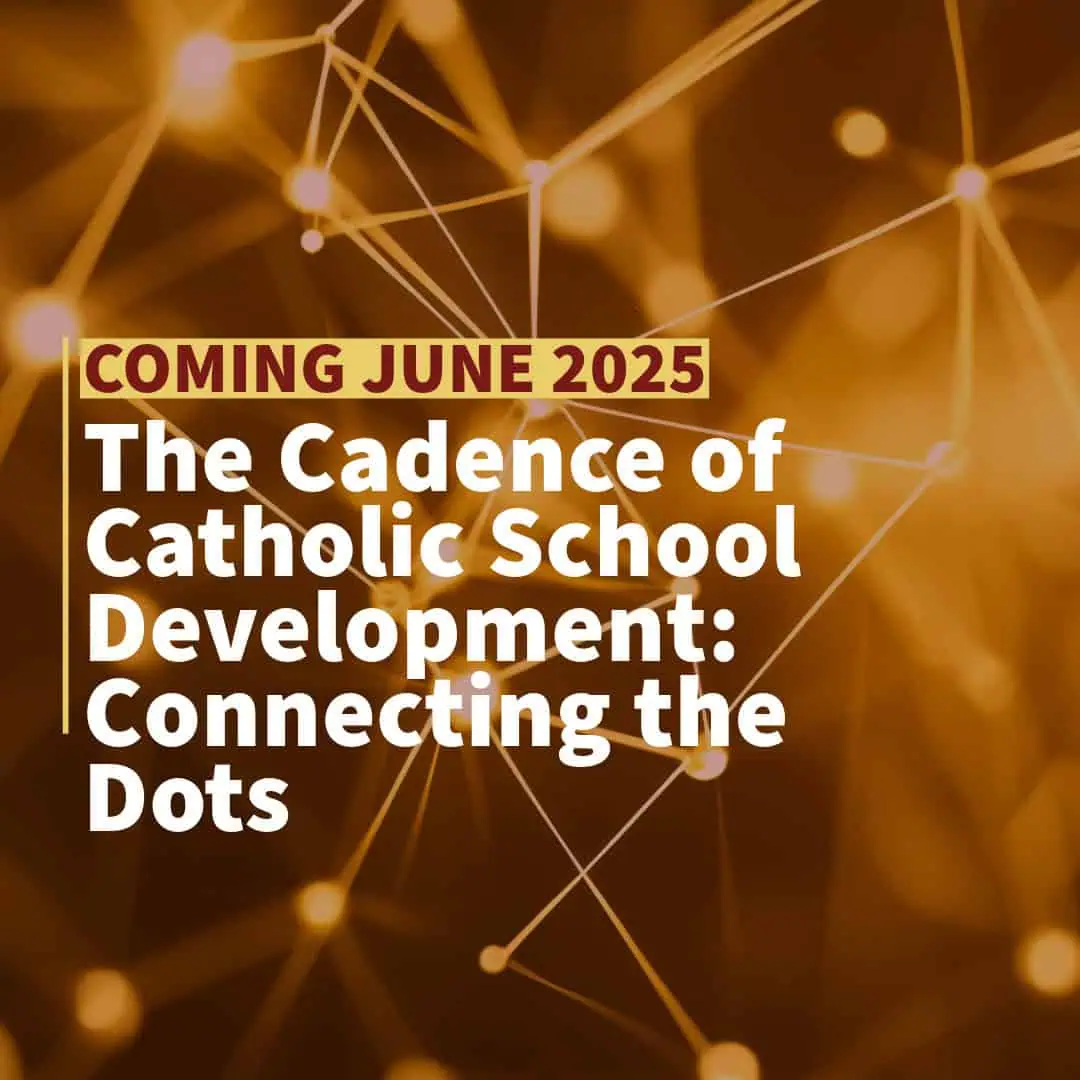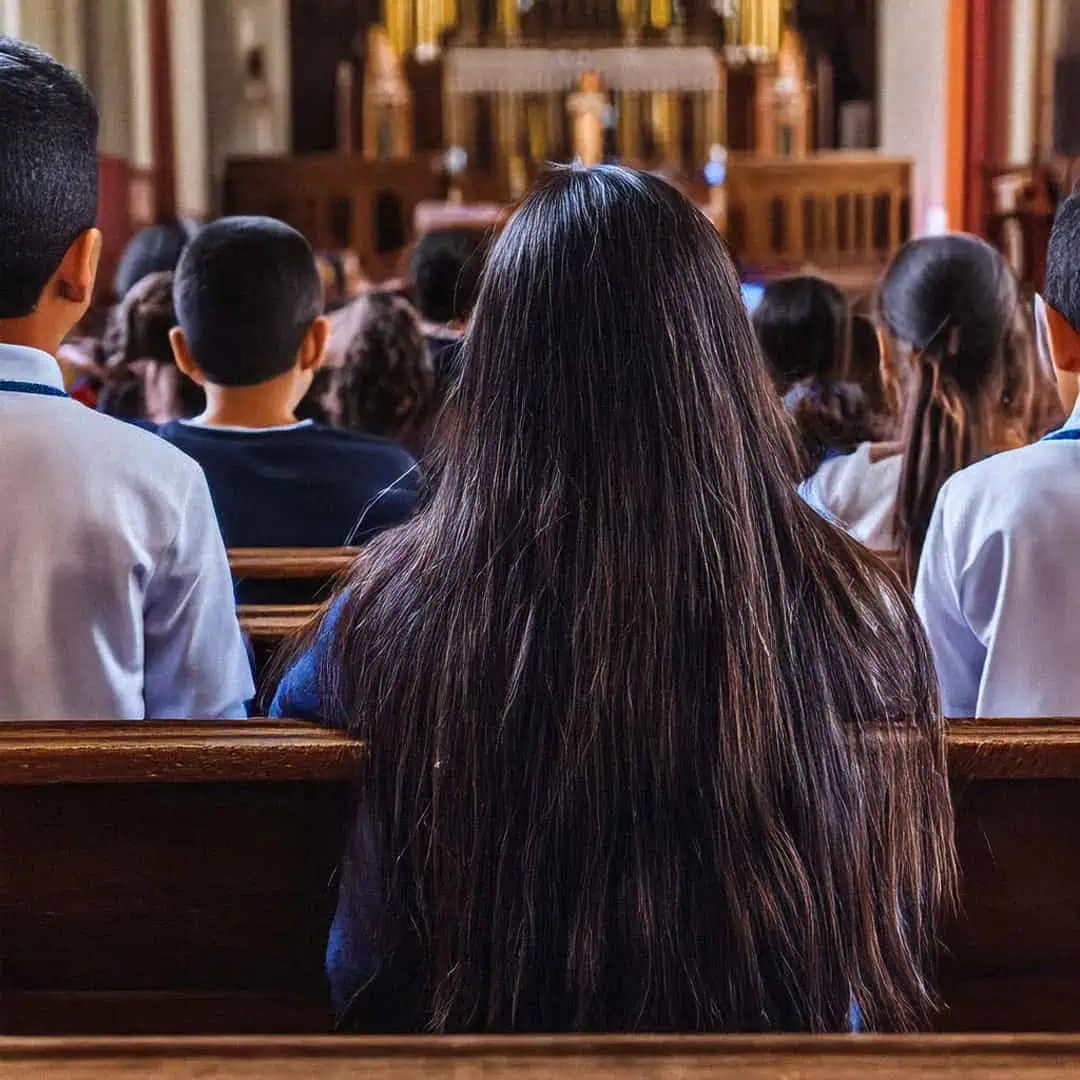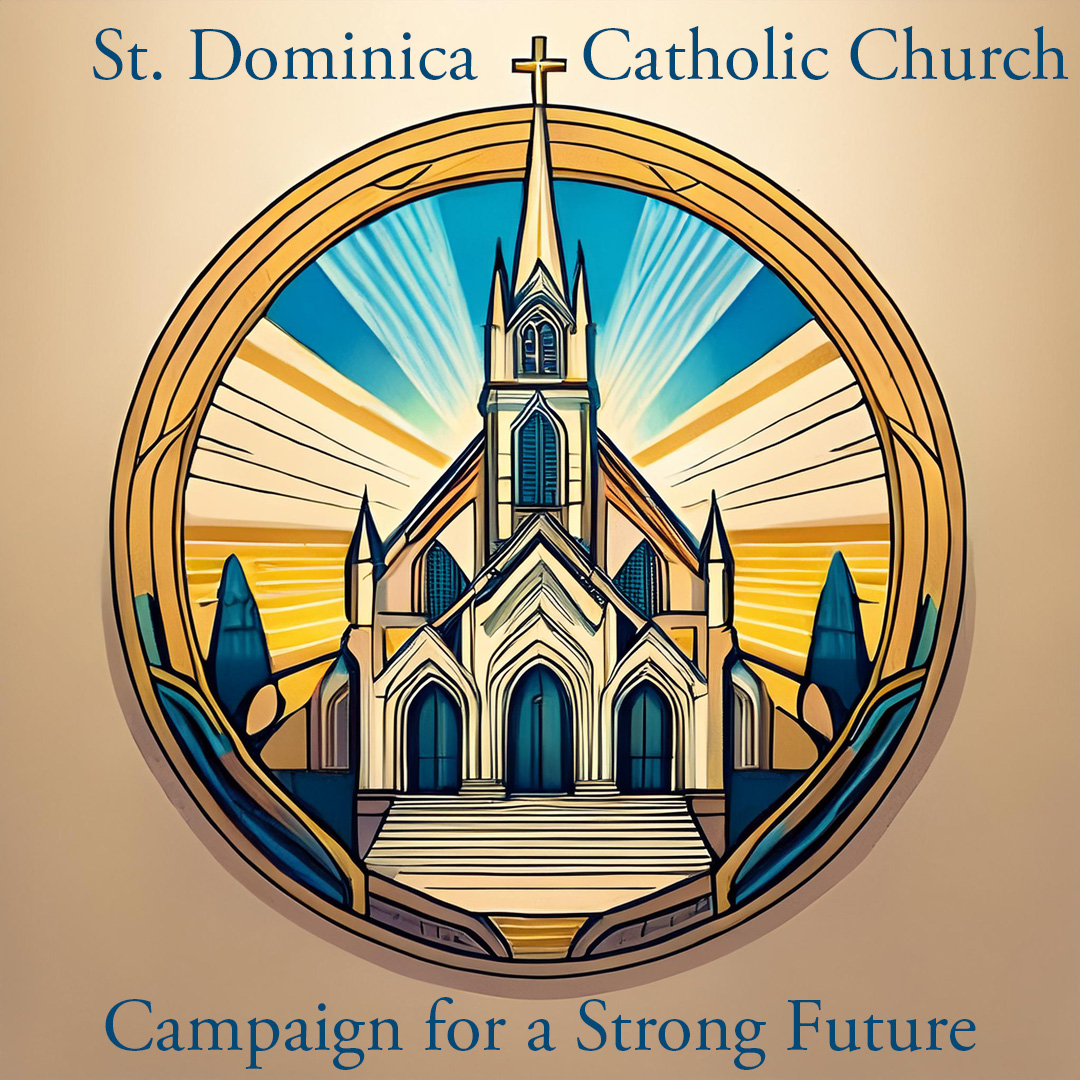- “Quite revealing!”
- “Thank you for access to this eye-opening information.”
- “Today’s presentation was truly a ‘lift the slate’ presentation. It smacked me in the back of the head with the belief that NOW is the real time to prepare for the future vitality of our parish and school. Thank you for the cold-water-to-the-face presentation!”
- “Well done, love the vision and zeal and believe our school and parish are at a turning point in improving collaboration with other parishes.”
- “I have heard some of these things several times, but today it really resonated.”
- “I hope you will be sending the recording and slides as usual, because I am looking forward to asking the pastors and principals in our diocese to review it, potentially together on a zoom call.”
As we move into the final quarter of the 2020-21 fiscal year with hope for a healthier and safer world, we believe that now is the time for our company to move forward and transition this presentation into an ISPD White Paper. With that belief, the next four issues of our newsletter will offer our position on what we believe is the future of our Catholic schools and parishes – especially as we climb out of this pandemic that has gripped our world over the past year. Below is the three-pronged overall outline.
- Rationale for This Position
- Premises/Basic Truths: What Experience and Data Tells Us
- The Future of Catholic Schools and Parishes: Steps/Suggestions to Prevail
At the conclusion of the fourth issue in May, we will publish one inclusive and comprehensive document.
Rationale for This Position
We believe that before any person or company presents a position on what the future could hold, then credibility needs to be at the forefront. Anyone reading a document like this one should ask, “Who is ISPD and why should their opinion matter?” This is a valid question, and the main reason we start with the rationale.
In June 2021, the Institute for School and Parish Development will begin our thirty-second year of working with Catholic schools, parishes, and dioceses, mainly providing three main services: consulting, coaching, and education. Founded in 1989, we have worked with hundreds of Catholic schools, parishes, and (arch) dioceses. We have directed and facilitated hundreds of strategic growth plans, pastoral plans, enrollment management plans, and strategic plans for development – all that have engaged thousands of people. We have helped establish hundreds of development/advancement offices and been part of many efforts to search, hire, and train those officers. With teaching at our core (hence the word institute), we have conducted hundreds of workshops and made numerous presentations on Catholic school and parish development. We have conducted numerous feasibility studies for Catholic school and parish capital campaigns, always with the approach of, “How can we spread the people base?” To date, we have raised over $208,000,000 in the capital campaign work we have completed with close to 90% of the campaigns hitting the goals we projected from the feasibility studies. From coast to coast, we have partnered with numerous Catholic institutions, always with the understanding that development is the meaningful involvement of people in your mission and vision for the future.
Since March 2020, ISPD has been involved with over 2,000 Catholic leaders through 30+ national round table discussions, ISPD national surveys (7), Friday Zoom sessions (34), Monday Cohort sessions (29), and our normal coaching and consulting clients.
Since the fall of 2017, in partnership with the Institute for Pastoral Initiatives at the University of Dayton, we have taught over 1,000 students (pastors, presidents, principals, development/advancement officers, enrollment management/admission directors, board members, and volunteers) on-line, for-credit courses in Catholic school and parish development.
Combined, the eight ISPD consultants and coaches have over 195 years of experience in Catholic school and parish development—advancement—stewardship—enrollment management.
We believe we are unique. Here is our Top 10.
- We are Catholic.
- Our mission is dynamic.
- We engage people.
- We have 31+ years of experience.
- We are objective.
- We consult on-line, on-site, or hybrid.
- We coach on-line.
- We teach on-line.
- We are affordable.
- We respond to COVID.
We believe the above gives us some degree of credibility to offer this position.
Premises/Basic Truths: What Experience and Data Tells Us
(Please note: the use of the words some and many is intentional).
- The present business model of tuition, fund-raising events, and subsidy is not working for many Catholic schools. While some parochial schools are thriving, the system as we have come to know it is in decline. The U.S. Catholic school establishment has two options to address this situation. On the one hand, they can continue down the worn path of trying to buck the economic factors that are behind the decline by merging schools while lobbying for incremental advances against the establishment clause. Or they can recognize that the current system is a dinosaur. The economic factors behind the decline are not going to be reversed. It is time to think outside the box by searching for new models for delivering the kind of education that Catholics have come to know and treasure. (Charles Zech)
- Competition between Catholic institutions continues to cloud Catholic unity.
- Time, money, human resources, and a “that won’t work here,” “we are different,” “things will work out,” and “we’ve always done it this way” mentality are usually the main reasons that creativity and vision are thwarted. Hence: “Always approach a problem the same way, always end up in the same place.”
- In the United States, in 1970, there were 59,000+ priests; in 2020, there were less than 35,000. 571 parishes were without a resident priest/pastor in 1970; today, over 3,500. (CARA)
- Catholic school enrollment across the nation dropped 6.4% from 2019-2020 to 2020-2021 – the largest single-year decline in nearly 50 years. However, please note that 40,000 students of this decline were at the pre-school level, which may be largely if not totally due to COVID; therefore, in reality, the decline may be less than 6.4.%
- A vibrant, powerful, and effective Catholic school and/or parish development—advancement—stewardship effort is one of the most important areas for Catholic school and parish leaders to embrace and fully implement in these times.
- Many active parishioners in Catholic parishes today have been positively touched by the experiences they had in Catholic schools. (ISPD surveys)
- Conducting the Ultimate Question Survey in Catholic schools is essential to understand the present marketplace. Even in places where robust tax credit scholarships and choice/voucher programs are available, seats remain empty; enrollment declines continue; and schools close. Finances are not the only reason why families are not attending. Are we offering what they want and need? Are we delivering on our Value Proposition?
- Since March 2020, Catholic schools and parishes seem to fall into one of the following categories:
- Pro-Active: Creative, innovative, positive, mission-driven
- Active: Moving forward but somewhat hesitant and tentative
- Re-Active: Somewhat frozen and waiting for what could happen next
-
- NOTE: Source – ISPD National Surveys with over 1500 Catholic leader responses
- Enrollment Management in a Catholic school and New Parishioner Welcome and Engagement in a parish are mostly handled by a small group of people – year-round. This is not seen as EVERYONE’S responsibility.
- Many Catholic parishes and Catholic elementary schools have not invested in a person who would be responsible for development and stewardship.
- Since the 1960s, the number of Catholic schools decreased by more than 50% with a 65% decline in student enrollment (CARA).
- Parents and parishioners are much different today than 30 years ago. They want transparency; they want to belong; they want the best; they do not react well to being told “our way or the highway” – although they will conform for the good of their children and family; however, their longevity with that school or parish will not endure.
- Some Catholic schools and parishes continue to operate in silos and guarded kingdoms with little desire to collaborate with each other or with other surrounding Catholic schools and parishes.
- Many Catholic schools and parishes are content to build their development—advancement—stewardship efforts with a handful of people.
Part 2 of “The Future of Catholic Schools and Parishes” will be available the week of April 5th.[/vc_column_text][/vc_column][/vc_row]













